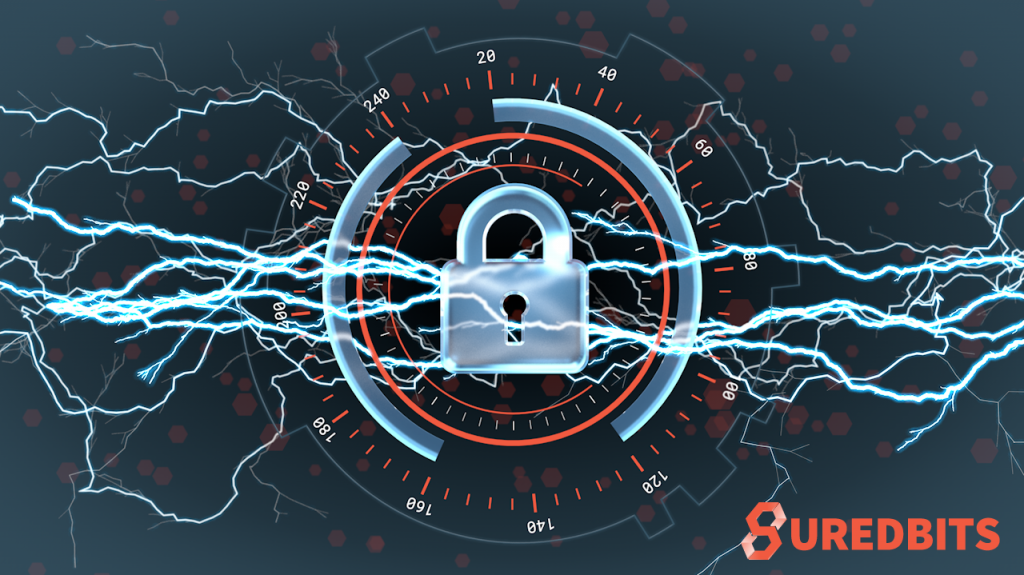Taproot funds burned on the bitcoin blockchain
We recently found a bug in how we parse taproot script pubkeys in our bitcoin-s library. When scanning the blockchain, an exception was thrown at block height 718448. The exception was thrown because this output does not properly conform to …
Schnorr Series Summary
Y’all asked for a high-level, no math, summary of the Schnorr Signature Series and so here you are! If this piques your interest and you are willing/excited to learn some math, check out the series: What are Schnorr Signatures – …
The Taproot Upgrade
So far in this series we have discussed Schnorr Digital Signatures, their security, and their many variants and benefits. As you may know, Schnorr signatures are going to be introduced to the Bitcoin blockchain using a softfork known as Taproot. …
Schnorr Applications: Blind Signatures
In this post we will be discussing one final Schnorr scheme: Blind Signatures. As their name suggests, a Schnorr Blind Signature is a signature where the signer does not know what they have signed. It may be hard to imagine …
Schnorr Applications: FROST
In the last post of this series we discussed Threshold Signature schemes as well as their uses and I’d like to continue that discussion today with an exploration of FROST. FROST can be thought of as the natural extension of MuSig …
Schnorr Applications: Threshold Signatures
In today’s installment of the Suredbits Schnorr Series, we will begin our exploration of threshold signatures schemes! We will discuss various uses for threshold signatures and then go on to describe three different ways of doing threshold signatures, each with …
Schnorr Applications: Batch Verification
So far in this series, we’ve discussed what Schnorr signatures are, why they are secure, and how Schnorr variants can be used to implement private and scalable multi-signatures and scriptless scripts using adaptor signatures. Today we will be looking at yet …
Schnorr Applications: MuSig
Welcome to this week’s installment of the introductory Schnorr blog series! So far we have covered (in extreme depth) what Schnorr signatures are and why they work securly. If you didn’t follow or haven’t read the last two posts (detailing …
Schnorr Security Part 2: From ID to Signature
In the last blog post, we began laying out the groundwork for what will become an argument that Schnorr signatures are secure. We discovered the Schnorr Identity Protocol and proved that it is secure and correct (specifically Complete, Sound, and …
Schnorr Security Part 1: Schnorr ID Protocol
In the previous post of our introductory Schnorr series, we discussed the definition of Schnorr signatures and tried to build some intuition as to how Schnorr signatures work by looking at a sequence of choices that could have led us …






